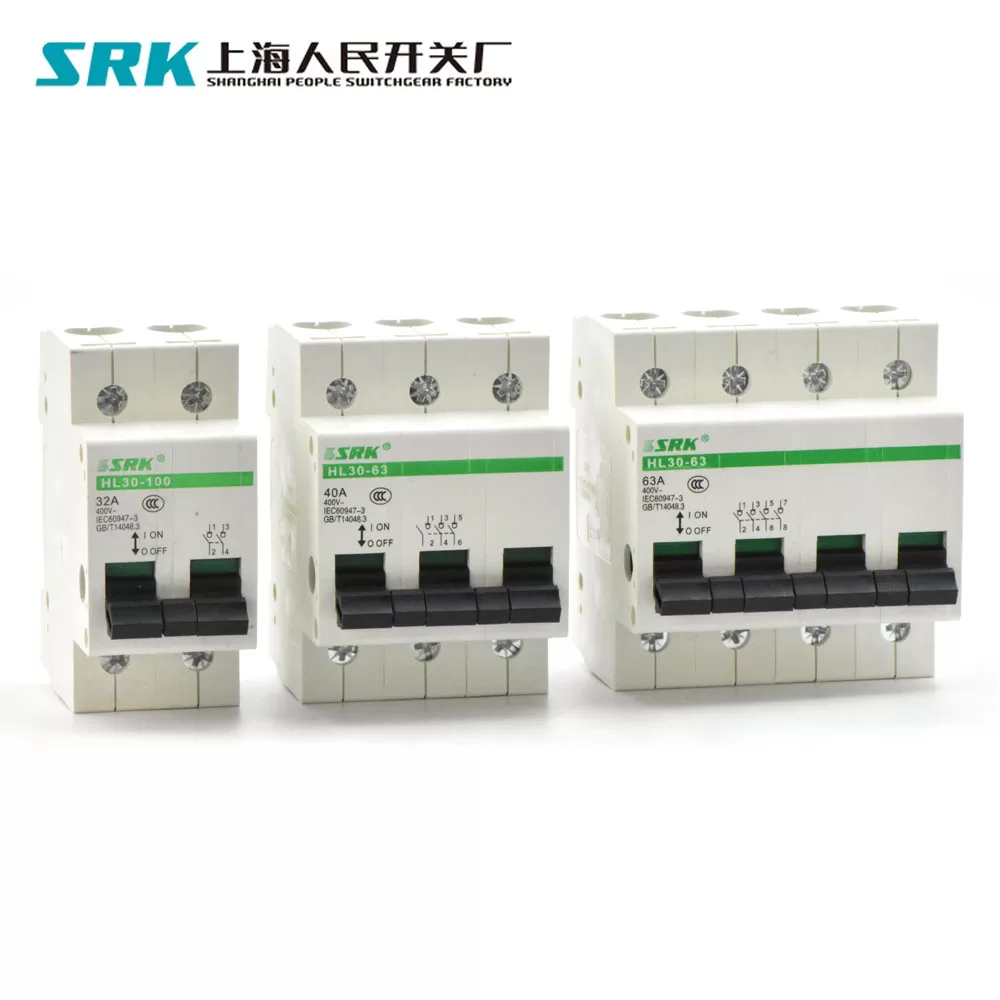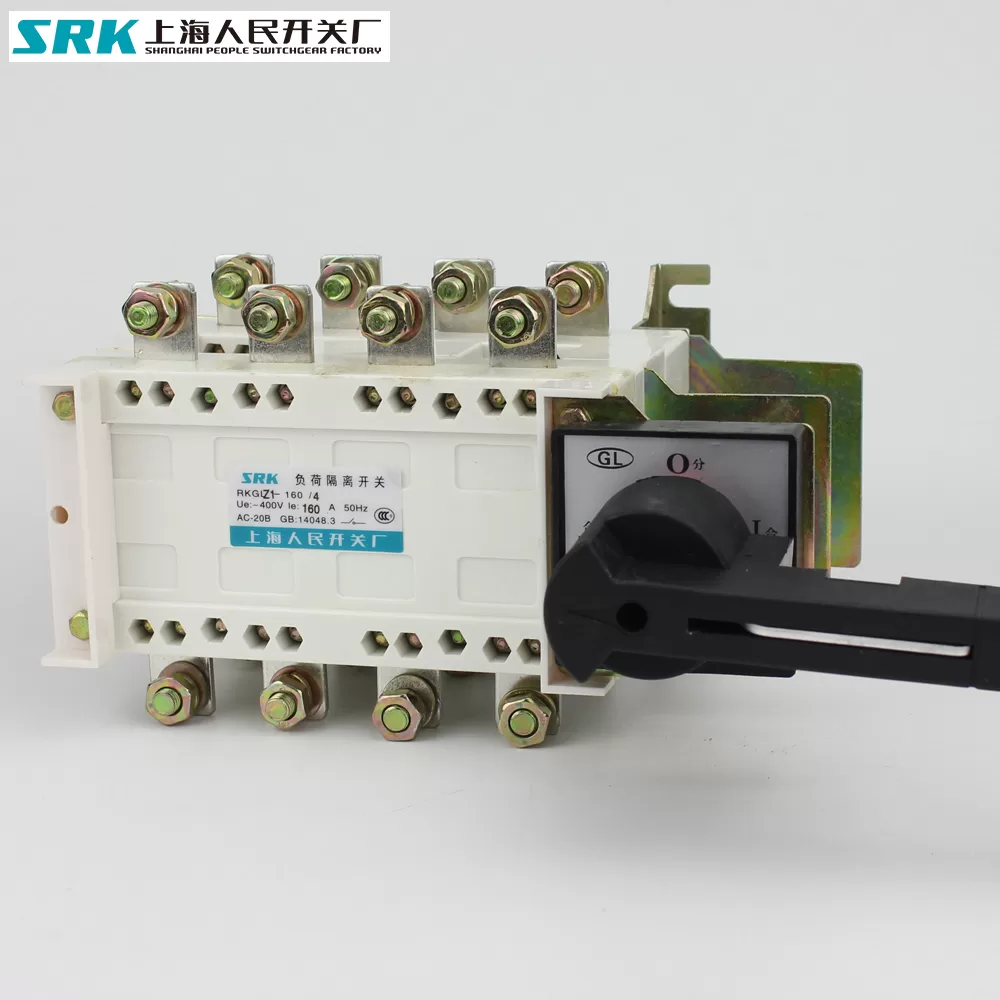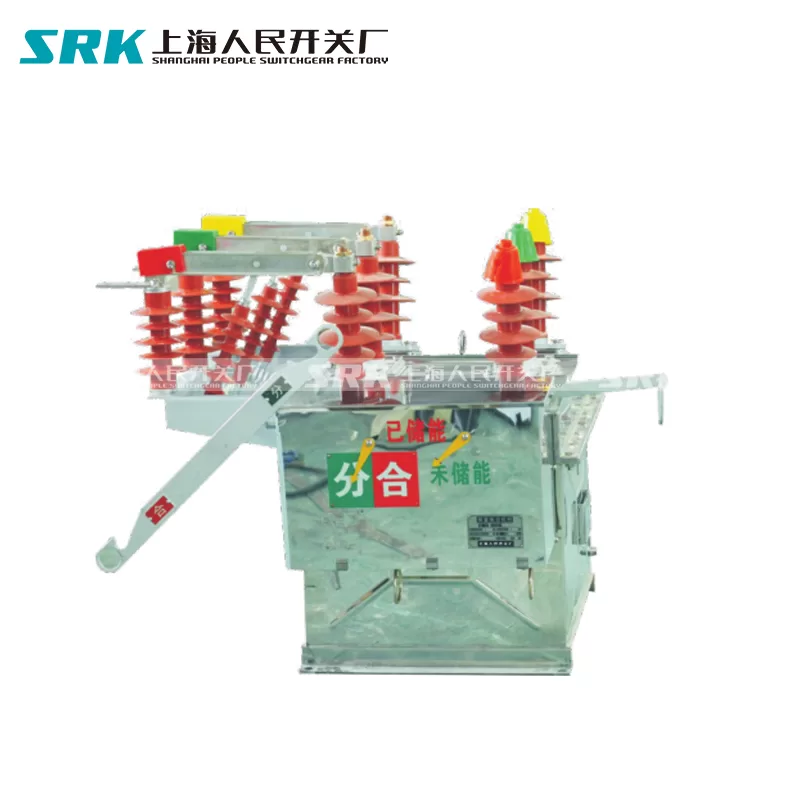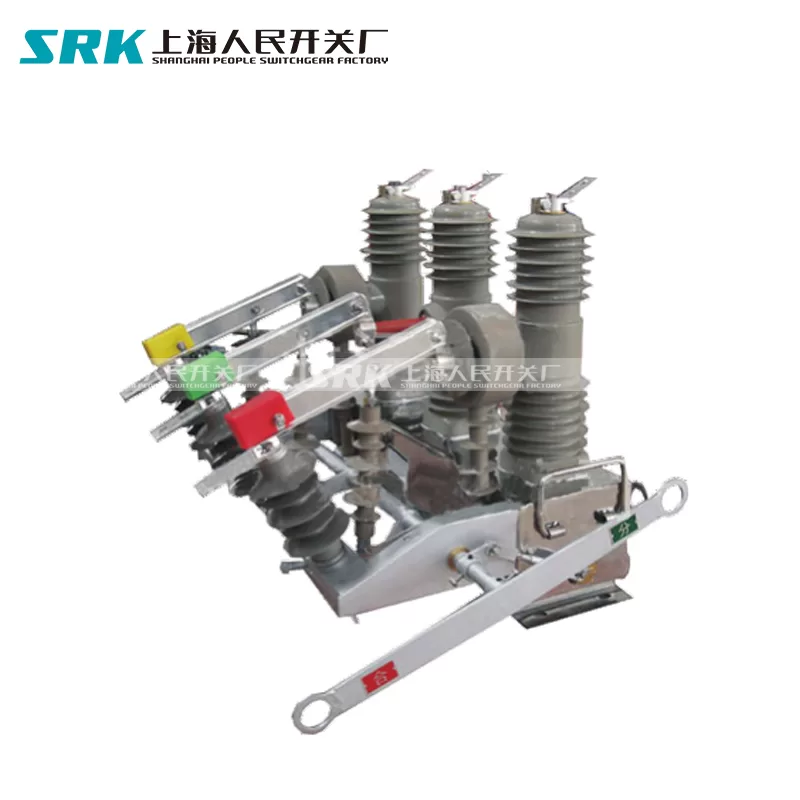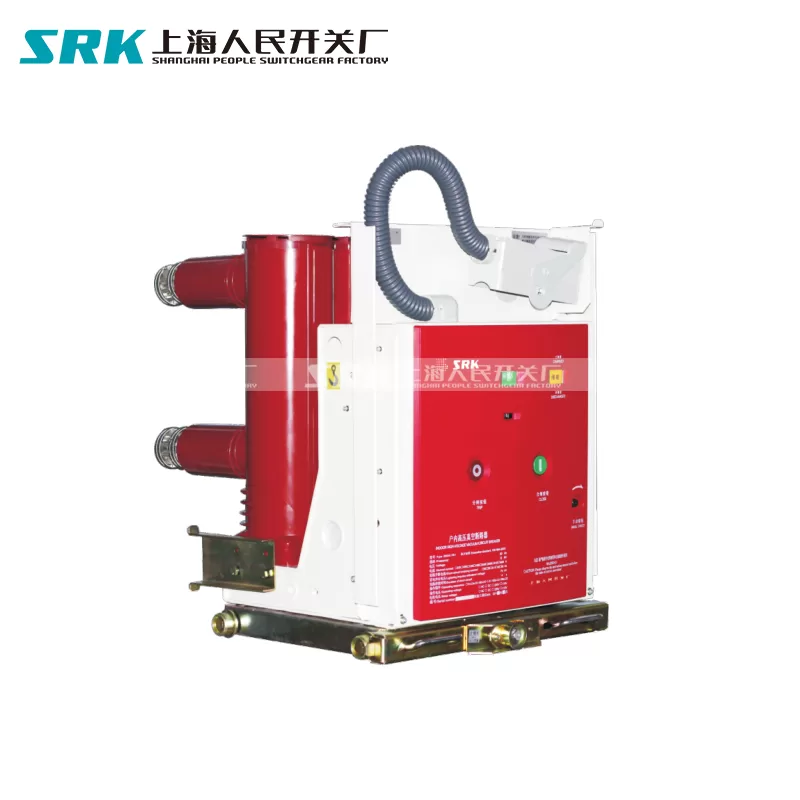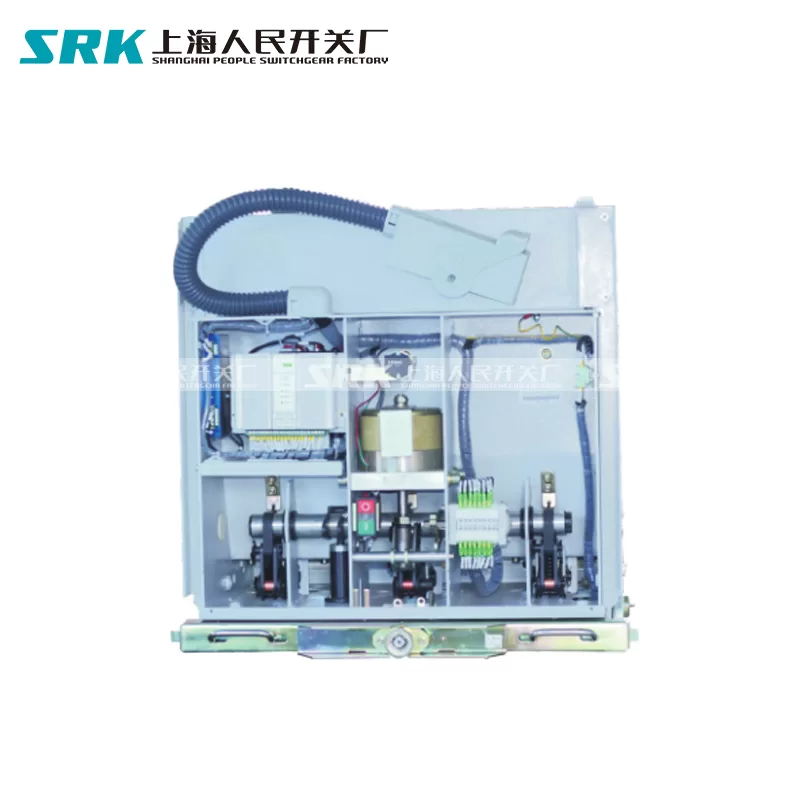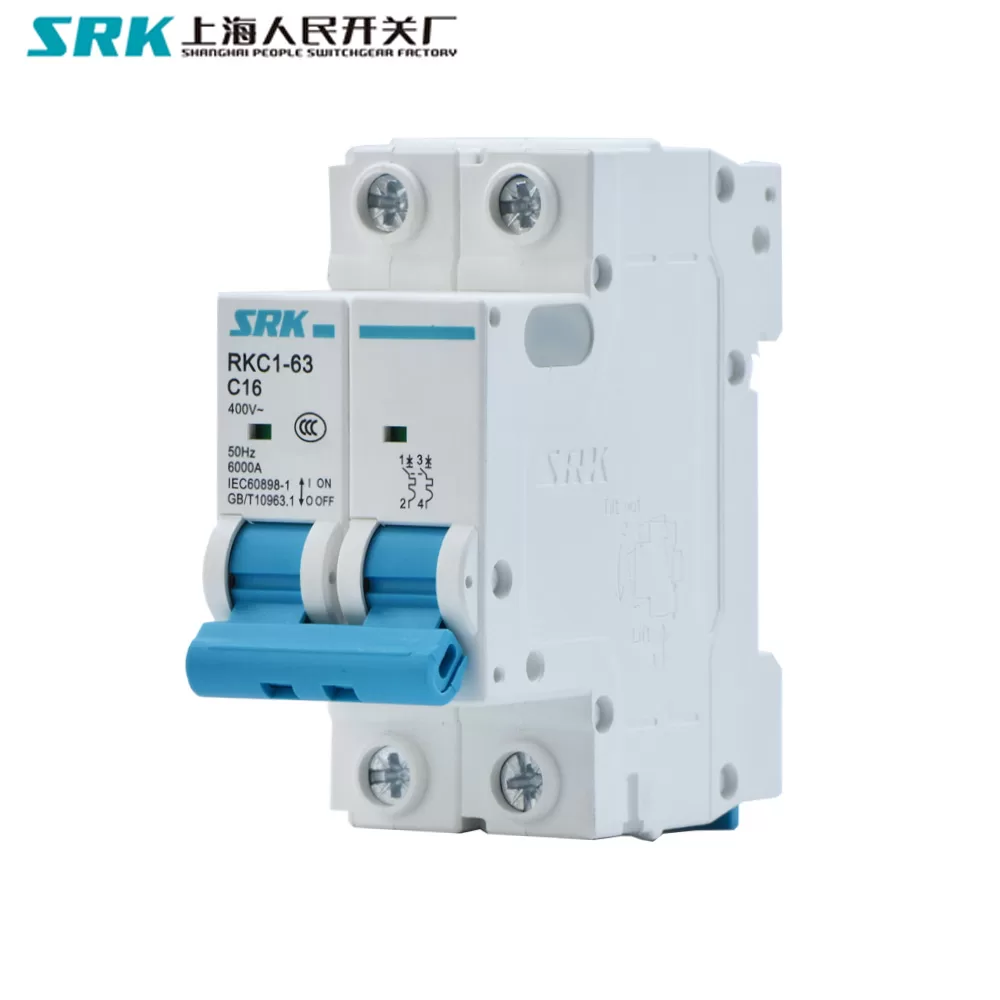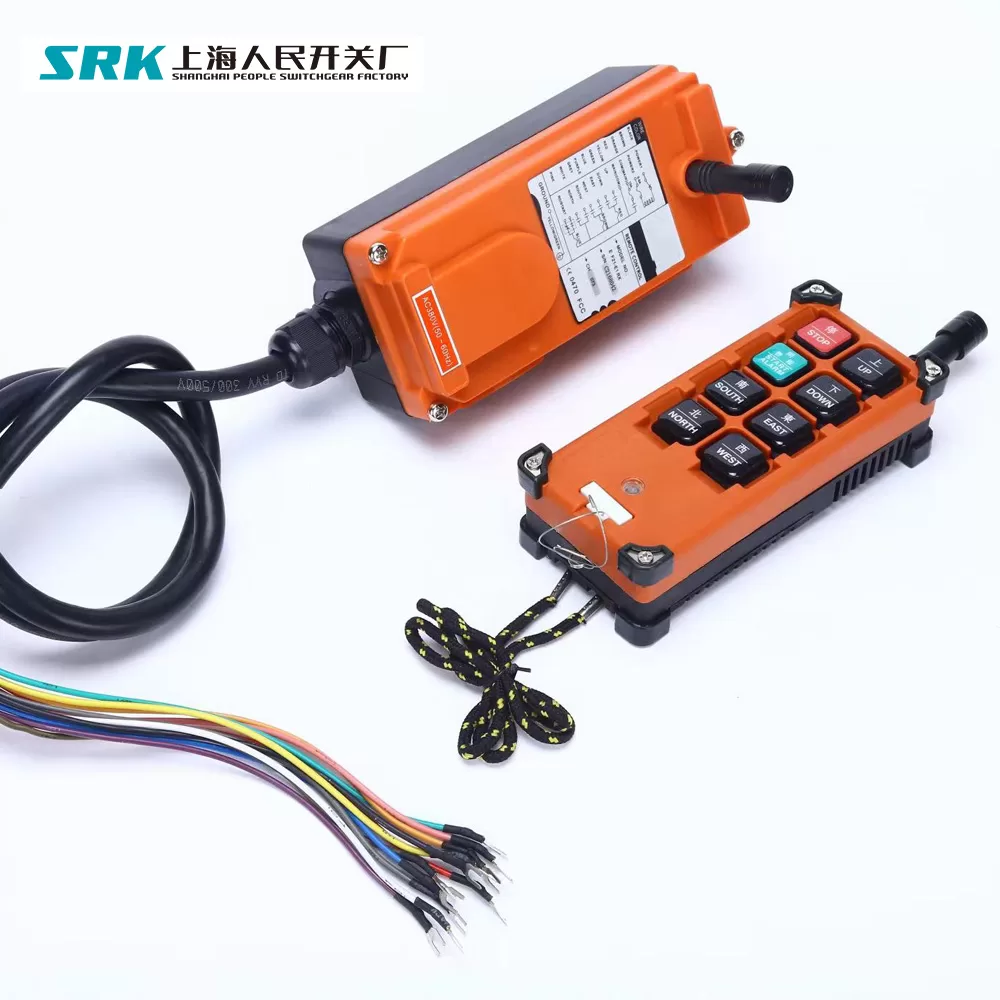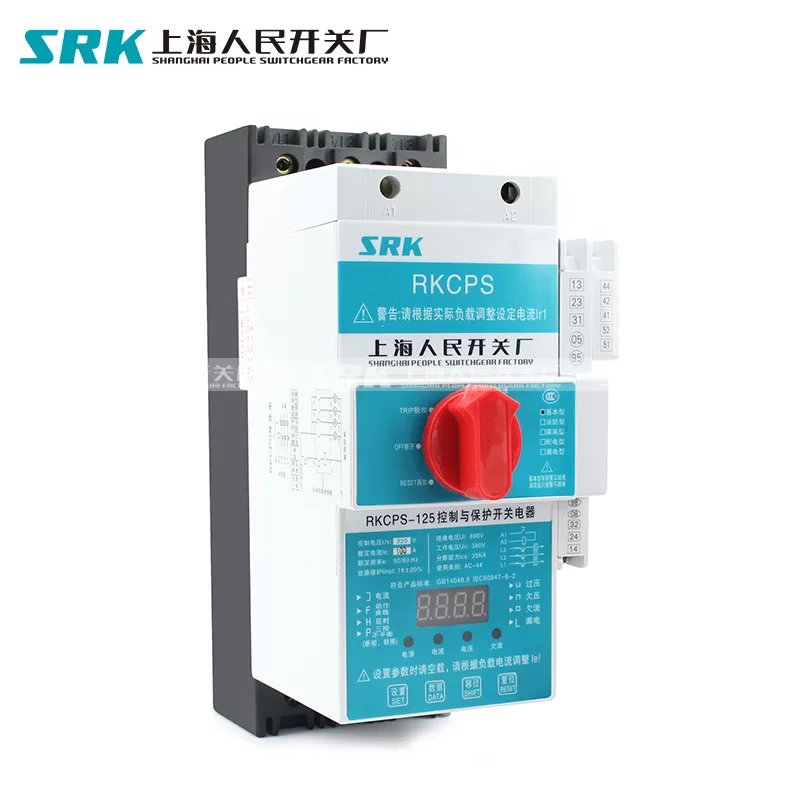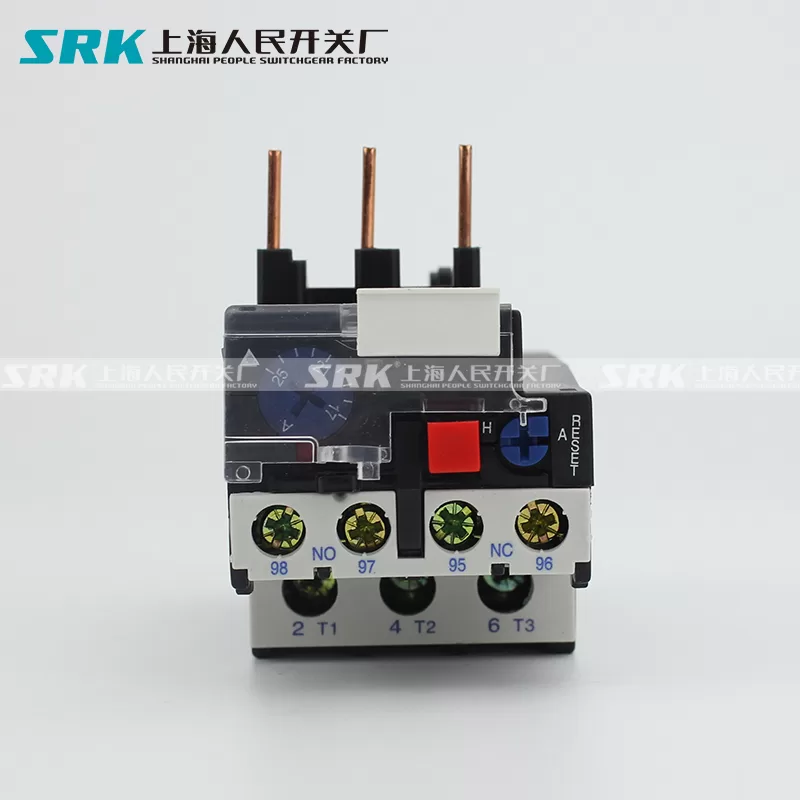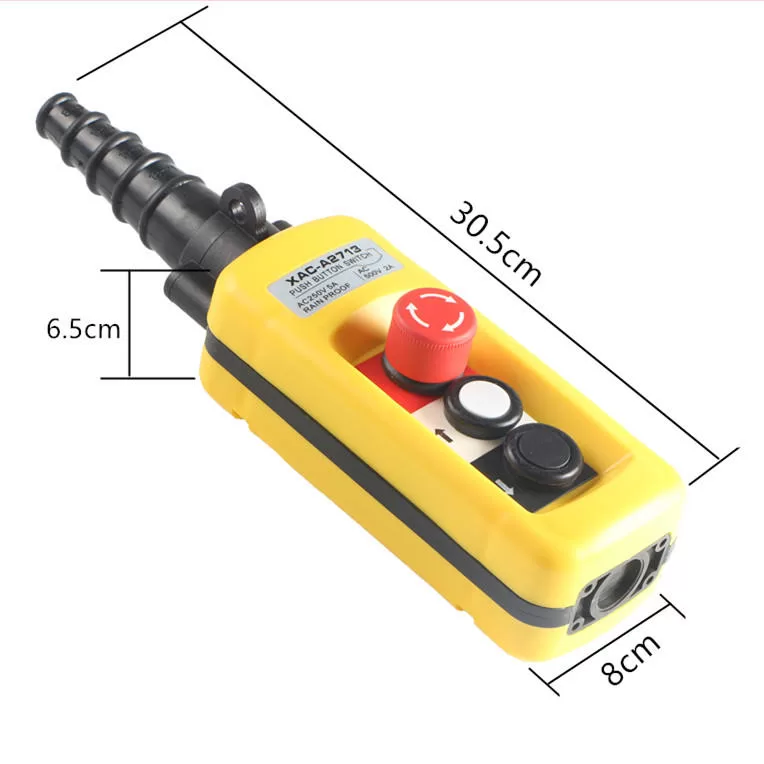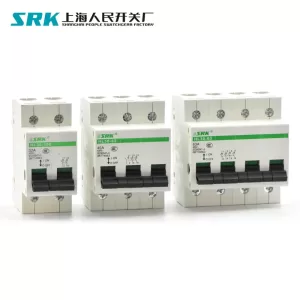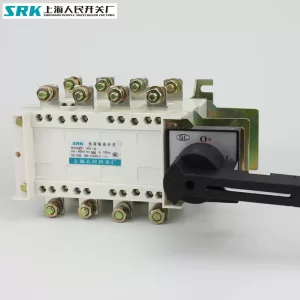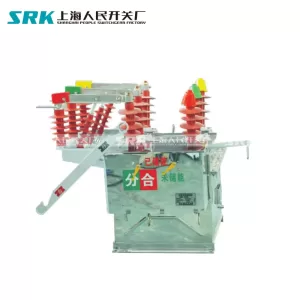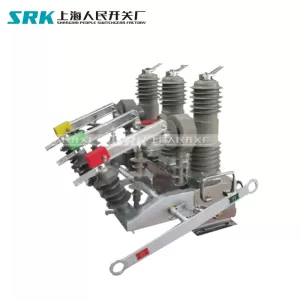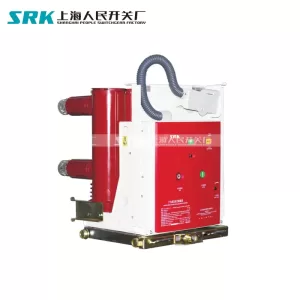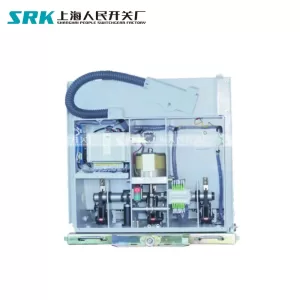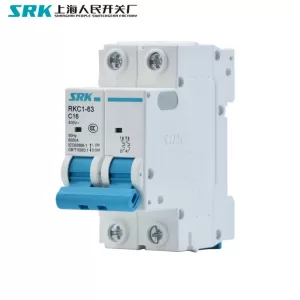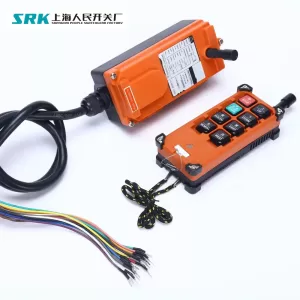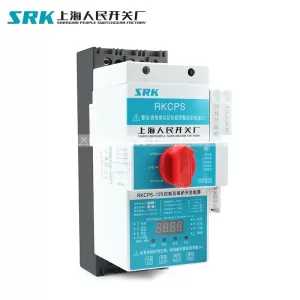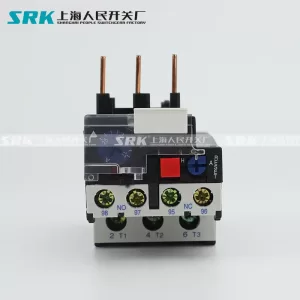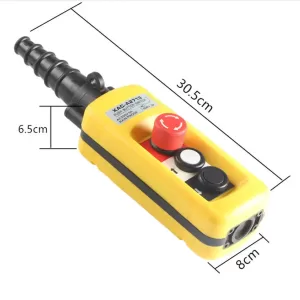
RCCB stands for Residual Current Circuit Breaker. It is an electrical safety device that quickly breaks an electrical circuit with leakage current to ground. It is to protect equipment and to reduce the risk of serious harm from an ongoing electric shock. RCCB works based on the principle of Kirchhoff’s current law, which states that the incoming current must be equal to the outgoing current in a circuit. RCCB thus differentiates the deviation in current values between live and neutral wires.
ELCB stands for Earth Leakage Circuit Breaker. It is an electrical safety device that is used to directly detect currents leaking to earth from an installation and interrupt the power supply. It is mainly used to prevent electric shocks and fire hazards due to earth faults.
There are two types of ELCBs: voltage-operated ELCB and current-operated ELCB. Voltage-operated ELCB detects the voltage developed in the earth conductor when a fault occurs and trips the circuit. Current-operated ELCB detects the difference between the currents flowing in the phase and neutral wires and trips the circuit. Current-operated ELCBs are also known as residual current devices (RCDs) or residual current circuit breakers (RCCBs).
The difference of RCCB and ELCB:
The difference between RCCB and ELCB is that RCCB is a newer technology that can detect and trip against residual currents, while ELCB is an older technology that can detect and trip against earth leakage currents. RCCB works based on the principle of core balance current transformer, which compares the currents flowing through the phase and neutral wires. ELCB works based on the voltage developed in the earth conductor when a fault occurs.
Some other differences are:
- RCCB can provide protection against electric shocks, earth faults and residual currents, but not against overload and short circuit. ELCB can provide protection against electric shocks and earth faults, but not against overload, short circuit and residual currents.
- RCCB is connected only to the phase and neutral wires, while ELCB is connected to the phase, neutral and earth wires.
- RCCB can detect different types of residual currents, such as AC, A, F and B or B+, depending on the type of RCCB. ELCB can detect only AC earth leakage currents.
- RCCB is more sensitive and reliable than ELCB. RCCB can trip at a residual current of 10 mA to 1 A, while ELCB can trip at an earth leakage current of 30 mA to 10 A.
- RCCB is more widely used and accepted than ELCB. ELCB is obsolete and replaced by RCCB in most applications.
Application of RCCB and ELCB:
ELCB and RCCB are both used for protection against earth leakage currents, electric shocks and fire hazards. However, they have different applications depending on the type of load and the expected fault current.
For ELCB:
- In electrical installations with high earth impedance, where voltage-operated ELCBs can detect the voltage rise between the installation metalwork and an external electrode.
- In three-phase circuits and high current loads, where current-operated ELCBs can detect the difference between the currents in the three phases and the neutral.
For RCCB:
- In circuits where there is an increasing use of devices like frequency converters, medical equipment and UPS systems, which can generate smooth DC residual currents. For these cases, RCCB type B or B+ are recommended.
- In circuits where there are loads with electronic components, such as computers, TVs, washing machines, etc., which can generate pulsating DC residual currents. For these cases, RCCB type A or AP-R are recommended.
- In circuits where there are only resistive or inductive loads, such as heaters, lamps, motors, etc., which can generate only AC residual currents. For these cases, RCCB type AC are recommended.
Contact us:
Kani Xie
SHANGHAI PEOPLE SWITCHGEAR FACTORY
E-mail:Kani@srkswitchgear.com
Ph: 0086 13695872200
Wechat/ WhatsApp/skype: +86 13695872200


